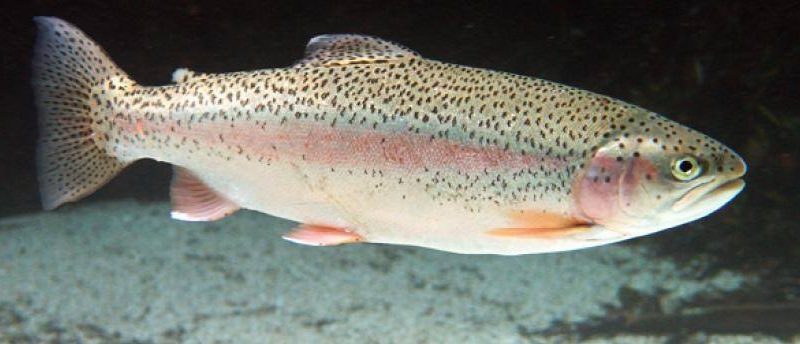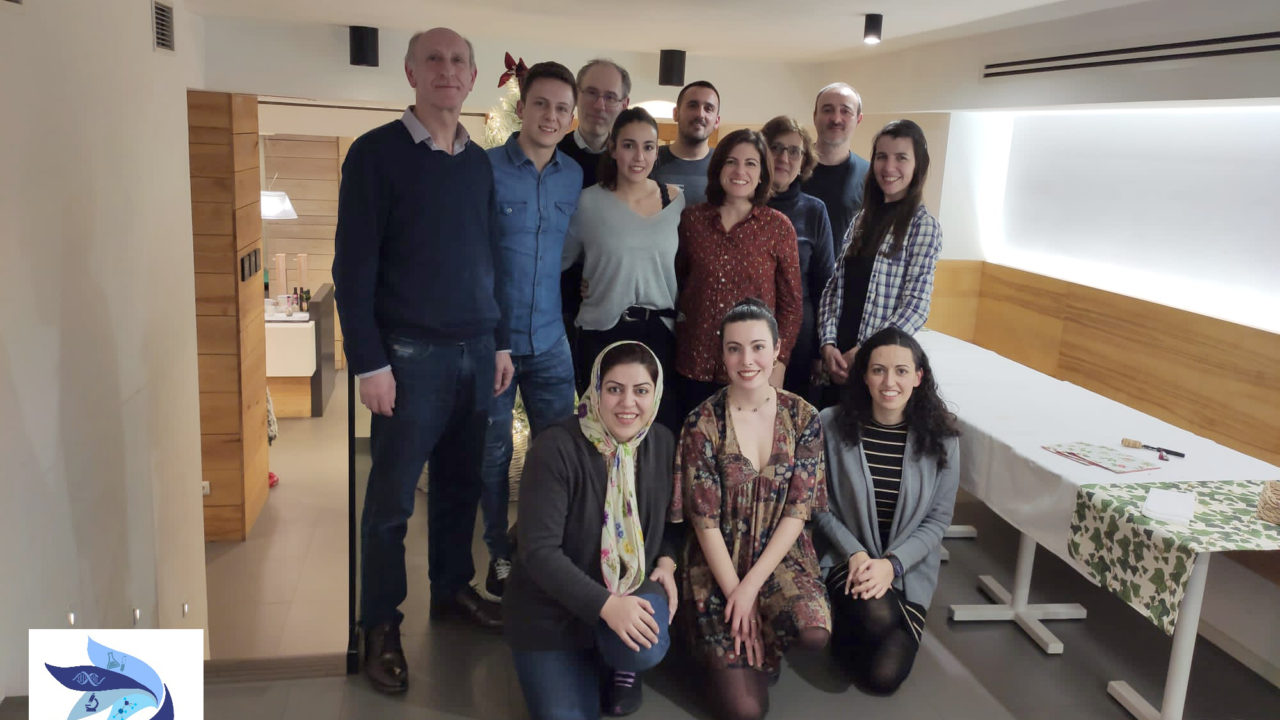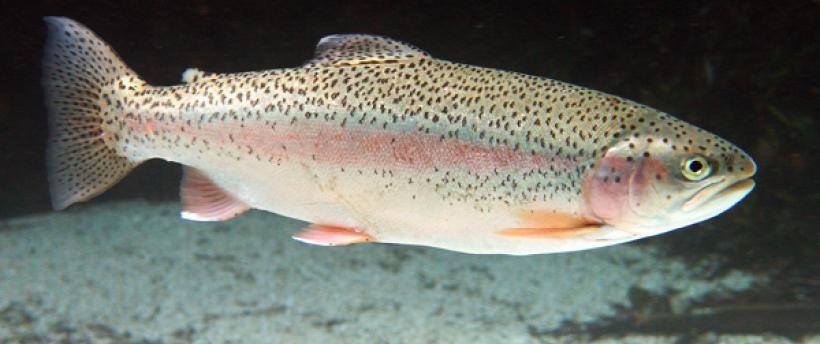The Fish Physiology and its Application to Aquaculture (PHYStoFISH) research group at the Marine Research Centre has been working for decades on numerous research projects to improve knowledge about the mechanisms involved in the control of food intake in fish. This is one of the great challenges of aquaculture, as feeding in fish production has a high economic cost and a high economic and environmental impact, resulting from uneaten food. For this reason, CIM researchers have been generating new knowledge for more than 15 years, which translates into “a clear economic benefit for society, improving more efficiently the production systems of high quality nutritional fish”.
A few months ago, they launched a project funded by the Ministry of Science and Innovation, which is a continuation of the project that ended in 2020 whose results are now being presented. Led by Professor José Luis Soengas, it started in 2017 and included three simultaneous subprojects, one led by UVigo, another by the Complutense University of Madrid, with María Jesús Delgado as principal investigator, and another by the Institute of Aquaculture Torre de la Sal of the CSIC, led by José Miguel Cerdá-Reverter. The Vigo subproject, coordinated by Soengas himself together with Professor Jesús Míguez, involved all the members of the PHYStoFISH group and focused on the integrative regulation of fish food intake by metabolic, circadian and neuroendocrine factors and their implications in fish farming.
Food availability in relation to fish requirements
For the three research groups, this is the fourth consecutive project in which they try to deepen the understanding of the mechanisms involved in the control of fish food intake characterized in previous projects. The aim is that the applied development of the results will improve the efficiency of fish feeding in aquaculture. In fact, the advances of the researchers will allow in the medium term to optimize the availability of food in relation to the fish needs at different times of their production cycle, thus minimizing losses and maximizing its use in the form of growth. As UVigo researchers explain, this knowledge “will introduce improvements in fish feeding systems in the field of aquaculture, not only increasing feed efficiency, but also reducing economic losses of uneaten food and the environmental cost of water treatment”. In this sense, they emphasize that it is important that the results are used to set the bases for collaborating with companies in the development of feed additives in aquaculture.
30 journal articles, 42 papers and three theses.
Throughout the project, researchers addressed different aspects, such as the metabolic regulation of food intake in fish through nutrient sensing mechanisms; the convergence and integration of nutrient sensing systems; the regulatory role of NAE (Oleoethanolamide (OAS) and Palmitoylethanolamide (PEA)) on energy metabolism; the role of melanocortins in risk and satiety responses; the role of monoamines and melanocortins at the level of integration of stress signals by monoamines; or the circadian regulation of energy homeostasis by studying the role of circadian mechanisms in liver metabolism and the impact of stress and serotonin with central oscillators.
The results obtained in the subproject developed by the University of Vigo allowed the publication of 30 articles in high impact indexed journals, thus giving continuity to the activity of the previous projects. “All this allows the group to continue to be an international reference in this field”. In addition, the results were presented in 42 papers at national and international conferences and three doctoral theses were defended.
Fonte: DUVI



